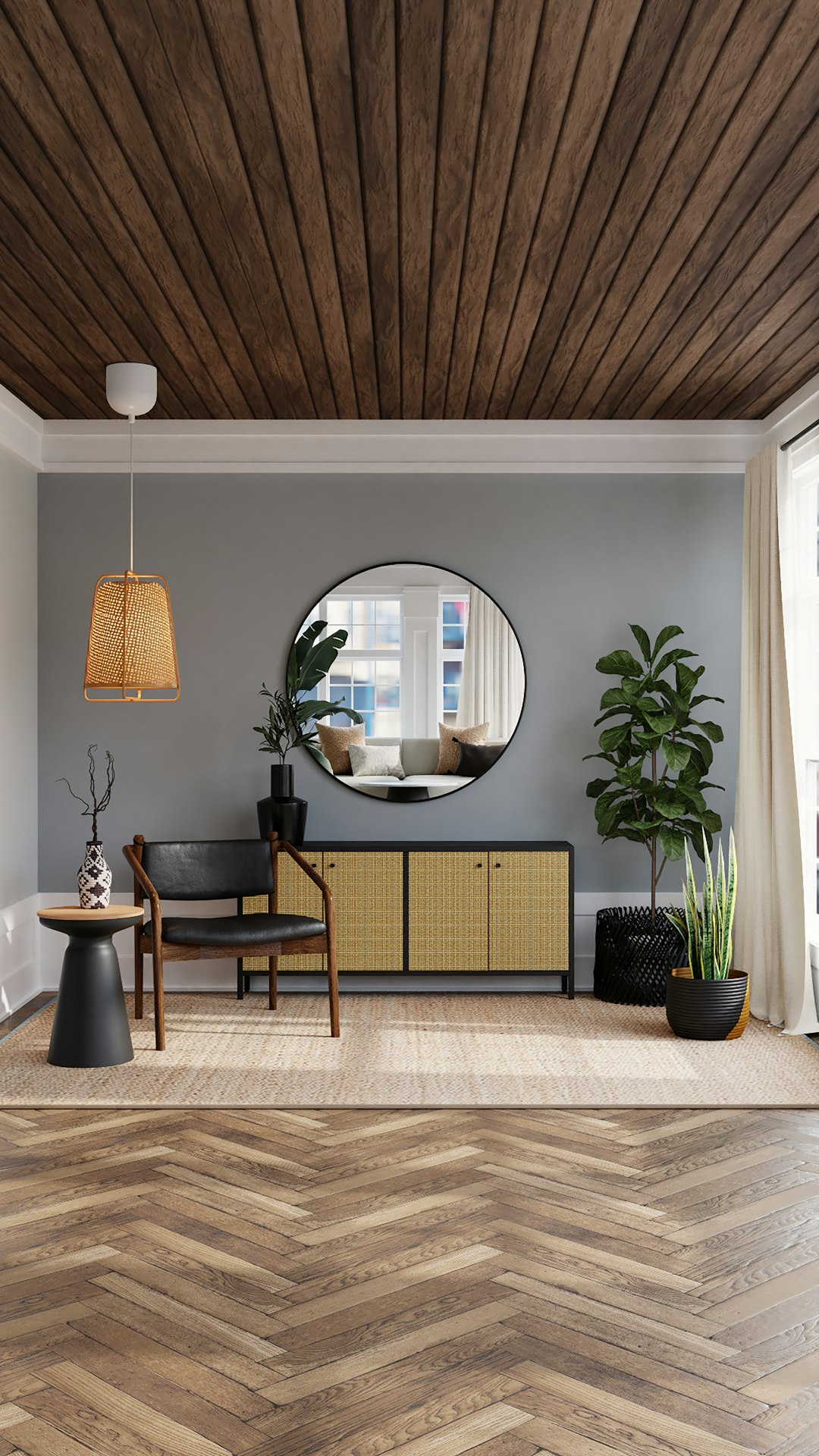Home renovation is an exciting yet challenging process that transforms a house into a dream home. Whether you’re updating a single room or embarking on a full-scale remodel, proper planning and execution are key to a successful outcome. This guide will walk you through the essential steps to turn your vision into reality while keeping costs in check and ensuring quality results.
Step 1: Planning and Budgeting
Every renovation project begins with a well-thought-out plan and a realistic budget. Consider the following:
- Define Your Goals: Are you looking to improve functionality, enhance aesthetics, or increase property value?
- Set a Budget: Research material and labor costs to establish a financial framework.
- Hire Professionals or DIY?: Depending on the complexity of your project, decide whether you need contractors, designers, or architects.
Step 2: Design and Material Selection
Choosing the right design and materials lays the foundation for a stunning renovation.
- Interior Design Trends: Consider modern styles such as open-concept layouts, smart home integrations, and sustainable materials.
- Material Quality: Invest in durable flooring, countertops, cabinetry, and lighting that suit both function and style.
- Color and Texture: Balance neutral tones with accent elements to create a harmonious environment.
Step 3: Demolition and Preparation
Before the construction phase begins, preparation is essential to ensure a smooth workflow.
- Structural Assessment: Check for potential issues like outdated plumbing, electrical systems, or foundation problems.
- Clearing the Space: Remove old fixtures, flooring, and walls as needed while keeping safety in mind.
- Permits and Regulations: Secure any required permits to avoid legal complications.
Step 4: Construction and Installation
This is where your vision comes to life.
- Structural Changes: If your renovation involves knocking down walls or adding new spaces, ensure proper structural support.
- Plumbing and Electrical Work: Upgrade outdated systems to improve efficiency and safety.
- Flooring, Walls, and Ceilings: Install high-quality flooring options such as hardwood, tiles, or luxury vinyl. Freshly painted walls and stylish ceiling details enhance aesthetics.
- Cabinetry and Fixtures: Choose custom or pre-fabricated cabinets, countertops, and lighting fixtures to match your design theme.
Step 5: Finishing Touches and Styling
The final phase of a renovation ties everything together.
- Furniture and Decor: Select pieces that complement the newly renovated space.
- Smart Home Features: Integrate automated lighting, security systems, and smart appliances for convenience.
- Final Inspections: Ensure all installations meet safety standards and function as expected.
Conclusion
Renovating a home requires careful planning, thoughtful design choices, and expert execution. By following these steps, you can achieve a beautiful, functional, and value-boosting transformation. Whether it’s a kitchen remodel, a bathroom upgrade, or a full-scale home makeover, every effort you put in brings you closer to your dream home.



